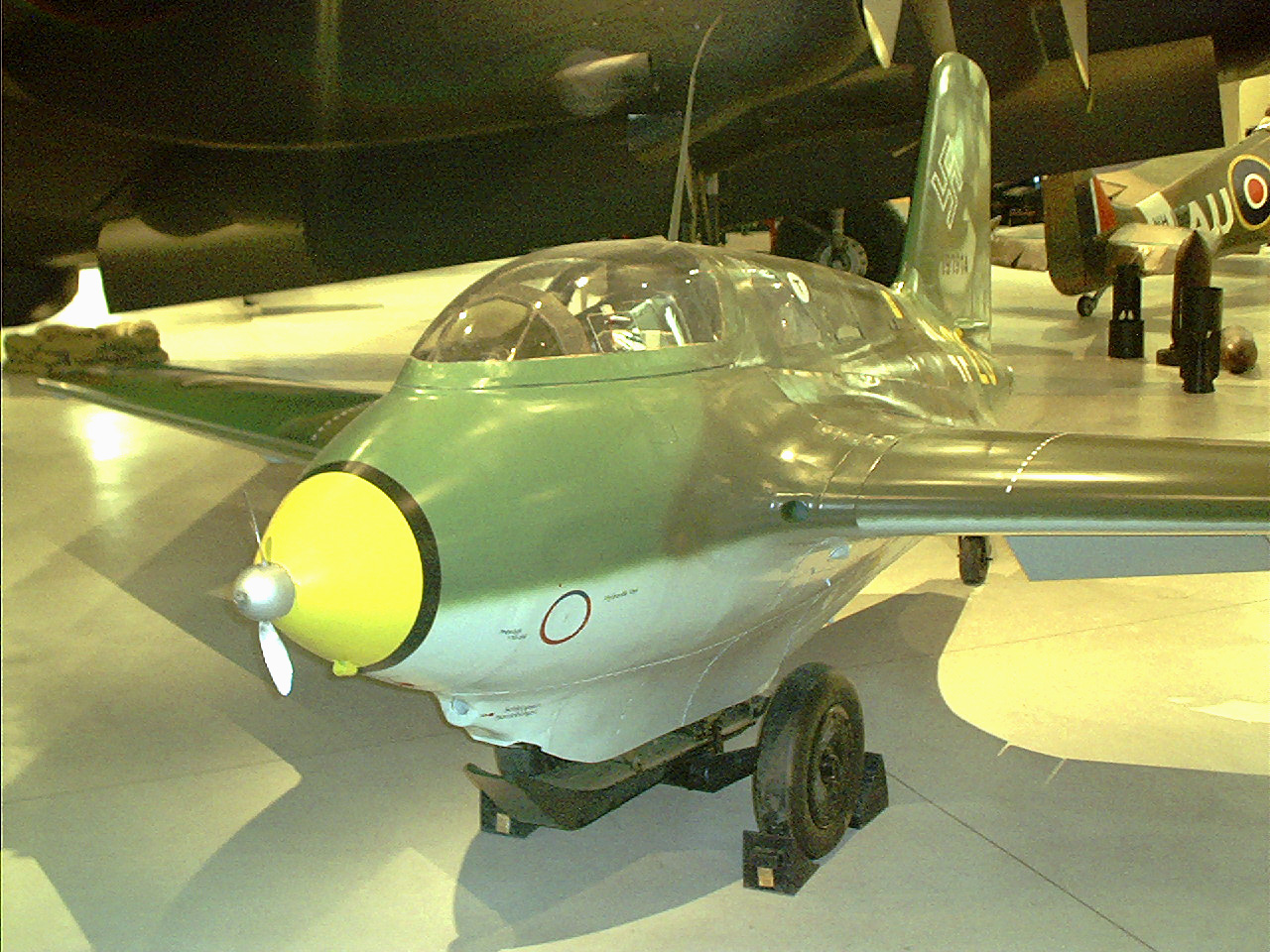On another forum:
[QUOTE=vwgtiIII;81991698]If you had even a basic understanding of engineering, you wouldn't feel that way.
Feliks has the sort of naive ideas that "environmentalists" have when they make sweeping generalizations about how doing X will save the world.
These designs are hair brained and outlandish, at best, with very little utility in the real world.
That small prop on the airplane is a small generator that powers the hydraulic and navigation software. Yes, when you are flying 500mph, you can generate 10hp by coasting. You WILL NOT power an entire city with the same principle and a 1' dia prop unless you are traveling at the speed of light.
I would LOVE to see some actual calculations. Math is math. Anyone with math skills should be able to read and interpret his calcs. Post those and I'll give him some credit. Until then, this guy is yelling the bible aloud from the street corner.[/QUOTE]
All right, we'll use the math ...
At the beginning of your data correct some of the aircraft speed. If it is to be an emergency control of the airplane, that's for sure, it must be to enable the load, ie the propeller must give sufficient power, as you have specified about 10 HP power control ... It's just that the aircraft lands at a speed of 220 km / h, and it must work perfectly yet. Propeller has a diameter of about 30 cm.
part no 9 :
http://www.temporal.com.au/viggen_final.pdf
Well now using venturi calculator, count the venturi nozzle, which is in its narrowest point is 300 mm, so that the propeller be able to run when inserted into it. As you have specified, at the speed of 220 km / h it will give the 10 Hp.
I asked to facilitate the original input parameter of the nozzle diameter to 1000 mm (1m). her throat identified on the 300 mm. There's a quiet propeller would seem to shoot ... Here are the results of this calculator venturi ... input speed is 25km / h and the speed of the throat is 284 km / h, which is significantly more than the 220 km / h landing ... So we should calmly from the propeller to obtain these 10 Hp power ....





Now you should do such an experience (or as you have enough imagination you can not do): You have to cut out some plywood, or flat plates made of plastic, and cut out the circle with a diameter of 1000 mm (1m). So cut the wheel, you have to fasten themselves to the chest or his back. It should then get on the bike, and try to accomplish this on a bicycle pedaling speed of 25 km / h. I think it lets you easily measure .. A man riding a bicycle is not achieved by 1 Hp ... but quietly get this rate, the pinned wheel with a diameter of 1 m.
This wheel has the same, or even greater air resistance as a venturi nozzle with a diameter of 1 meter original input. But this gives us the nozzle throat, as he You noted about 10 Hp, because in the throat, the air flows at a rate ~ 10 times greater than the speed of Input, or 280 km / h.,
And the propeller can give us the 10 HP. It is 10 times more than we can give strength to propel the bike with the circular wheel strapped to us. I think that in order to achieve a speed of 25 km / h, we do not need more than 300 watts .... So, if the bike mount the front section of the nozzle 1000 mm, it will get the 10 Hp in her throat on the propeller and drive the bike with the nozzle to a speed of 25 km / h, we only need 300 watts ..
I think the only thing I have left is to wait for your points ...
Andrew





















